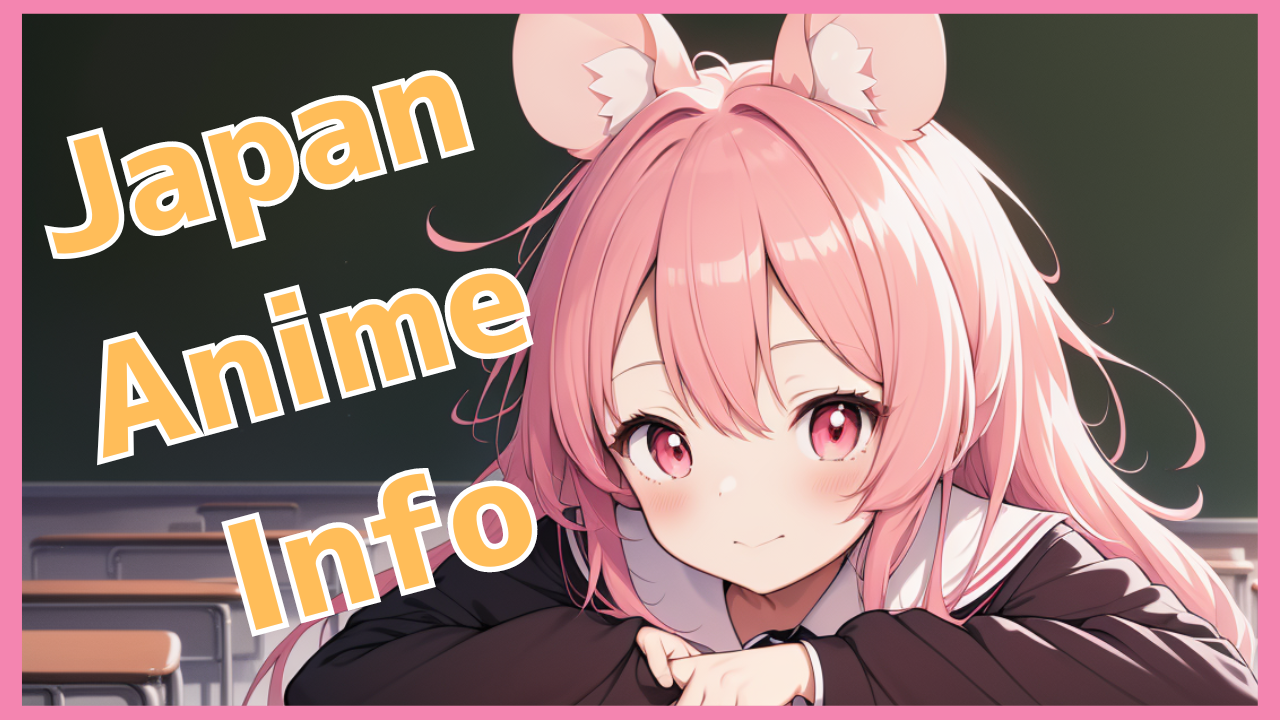Animate Times will be running a series of interviews with the staff in conjunction with the broadcast! We will be looking back at the behind-the-scenes stories and behind-the-scenes tales of the particularly memorable episodes.
★2024/08/30 “Episode 3: Reflection and Correction” added
–When making “Stepsister Life,” please tell us about the aspects you paid particular attention to throughout the entire film.
Director Ueno Sota: A sense of reality, perhaps.
It’s the “certainty” that it’s there, that it’s there, even if you can’t see it or hear it.
Even in the first episode, I think the gaze off-screen, and the light and sounds from off-screen were impressive.
In reality, emotions themselves cannot be seen or heard. But the warm light from the living room when you come home, the sound of the water heater when you refill the bath, the last sound of B-Part, the sound of a knock that gauges the distance between you and the other person, the light that turns on in the dark hallway after hearing “thank you” and “good night”…
We also actively incorporate the idea of touching and checking things.
Walk around your new room to check how spacious it is, stroke the faded stickers, and press unfamiliar switches over and over again…
These can all be summed up as creating a sense of realism, but perhaps the important thing is not to create a realistic and lifelike depiction.
The purpose of these performances was to depict the unclear emotions that cannot be expressed through words alone, the feelings of thinking and caring for others that cannot be seen or heard, but are certainly there, that exist.
— Asamura Yuuta and Asamura Taichi, father and son, and Ayase Saki and Ayase Akiko, mother and daughter. It was a story about strangers taking a step towards becoming a family, but please tell us the highlights and memorable scenes with the characters at the beginning of the story, the first episode.
Director Ueno Sota: I guess it’s the idea of “hiding” something while presenting it. Is this done consciously or unconsciously?
It may be rude to reveal something that we have taken great pains to hide, but… I will quote some of the stage directions I wrote in the dubbing script from the conversation scene in Saki’s room.
(#1 26p C-86 “Yuta, hiding a little nervousness behind a gentle smile”)
Yuuta saw Saki’s smile as she laughed softly and said, “Just as I thought.”
“…A compromise, huh? That’s an apt description,” he said, hiding just a little bit of agitation.
(#1 27p C-89 “The bracelet on my left hand, words continue to overflow as if hiding something.”)
“Yeah, so I cut off everyone except for one person,” said Saki.
Saki is a little more talkative than usual, giving reasons for her actions later, and the rippling surface of the water also sounds like she is hiding something.
Yuta responds by saying, “Let me help you organize your luggage,” but there is an implied meaning behind it, which is why Saki describes it as “kind.”
The two of them will continue to exchange words and make repeated refinements.
I think you’ll enjoy the play even more if you pay attention to the subtle nuances of the acting and the “fluctuations” in what the two characters are hiding outside (or inside) their words.
And it’s not just the two of them, but their parents and the people around them too…
…It’s too early to say anything here, so I’ll try to keep it secret.
–There are many scenes that are original to the anime, which I feel make the lives of Yuuta and Saki feel more real. How did you create the original scenes?
Director Ueno Sota: This time, we were fortunate enough to have Mikawa-sensei participate in all key aspects, from the structure meetings, to the script meetings, checking the storyboards and settings, and dubbing.
As for how to create original anime scenes, I think it was really helpful to be able to coordinate with Mikawa-sensei each time regarding the visual expression (adaptation).
And I ended up relying too much on that idea… and ended up coming up with too many ideas, thinking, “If the teacher is going to check it out, I’ll try this idea once…” (In the first episode, there were faded stickers, diary designs, my hairstyle as a child, stuffed animals I had, cup miso soup, animal figurines in the kitchen, balloons, a water heater, the crackling lights at the end, etc.)
As a director, I regret that I did not do my job well, but I also feel that I was able to portray a rich and accurate world view that unfolds on film.
–In the first episode, an opening video was shown between parts B and C. Could you tell us about the concept and the parts you paid particular attention to during production?
上野壮大監督:正直に話すと…、最初にデモを聞かせていただいた時、自分はこの楽曲が「義妹生活」に似合わないかも、と感じてしまいました…。
それは大きな思い違いだった…とあとあと猛省することになるのですが……。
音楽が持つ希望や光が、あまりに眩しくて…、何かに期待することを諦め、期待されることも避けて日々を過ごそうとするふたりとは乖離しているように、聴こえてしまったというのが大きな理由です。天使という概念も、現実的なふたりから出てくる言葉とは思えず……。
けれど、制作が進んでいき、改めて聞かせていただいた際、「これは、ふたりが失ってしまった、けれど確かにあった希望や光を、その再生 – 修復を歌っているんだ…」とやっと気づくことができ…、幼い悠太の背中に天使の羽を預けて、ああいったコンテを描かせていただきました。最初に気づけなかった自分が本当に恥ずかしい…。
先日、フルverを聴かせていただいた日。あれは朝の、人の多いバスの中だったのですが…、我慢できずボロボロと泣いてしまい…。
皆さんにも、最終話まで見ていただけたら、その後にもぜひこの曲を、もう一度聞いて欲しいです。そして、聞く環境には、お気をつけて…いただけた方が…良いかと思います…。
1話の演出等で参加していただいた小林さんに、OPのコンテを読んでもらった時に言ってもらった言葉も印象的でした。
「冒頭のバスのシーン、これから出会う「ふたつのひとり」という感じがして好きでした」
あ。大事なことを忘れてました。
このオープニング映像、これから何度か、わずかにですが変化します。
お楽しみにしていただけますと幸いです。


コメント